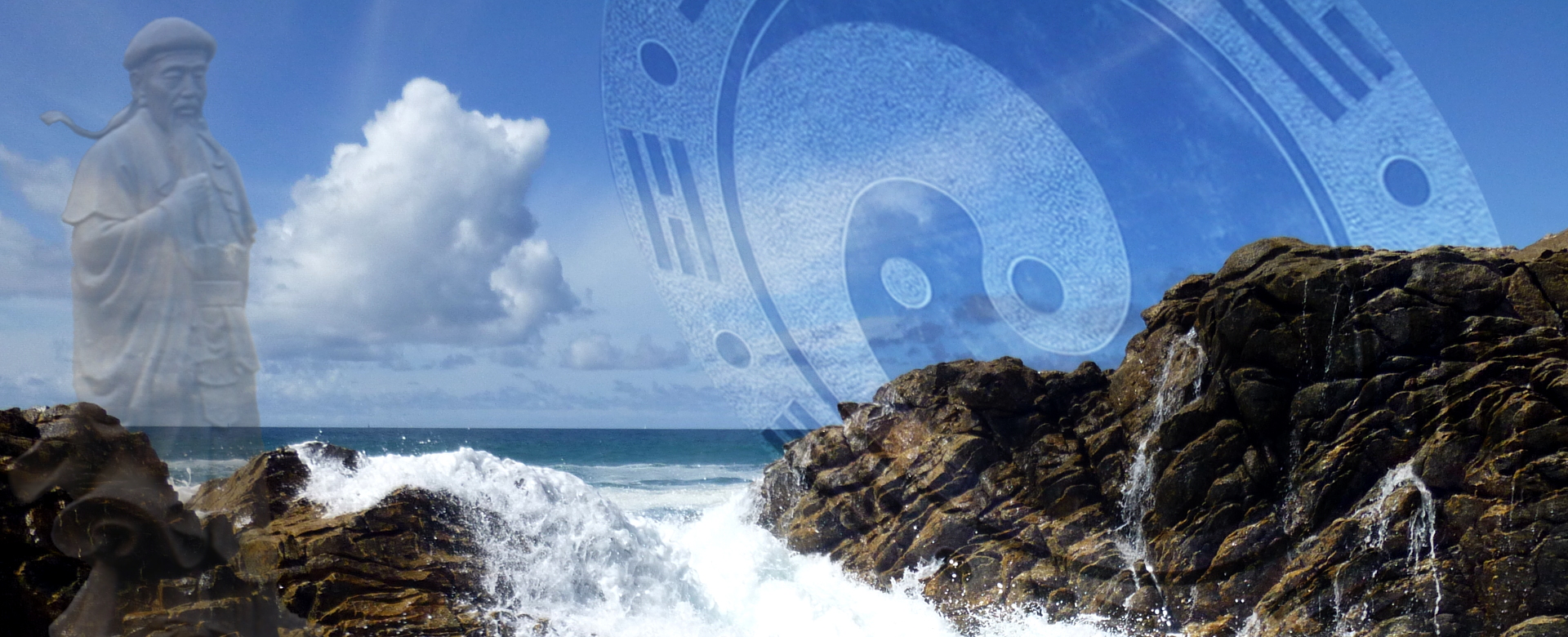The Historical Evolution of Xingyiquan

By Dietmar Stubenbaum
The origins of Xingyiquan are unknown. The first named Xingyi person was Ji Jike (also Ji Longfeng), who lived between the end of the Ming and the beginning of the Qing dynasty in Puzhou in the south of Shanxi province. The old chronicle of the Ji clan speaks of Ji Jike as a master of the spear and called him therefore Shen Qiang ("Divine spear"). It is said, that he created a martial art on the principles of his spear techniques whitch was called Xin Yi He Quan (Six harmony for/mind boxing).
Two of his best disciples were Cao Ji Wu and the muslime Ma Xueli (ca. 1714 - 1790) from Luoyang, Henan province. Probably Xin Yi Liu H Quan was then divided into the three different but familiar schools of Shanxi, Henan and Hebei.
Ma Xueli instructed his nephew Ma Xing (Luoyangor Ma style), Ma Sanyuan and Zhang Zicheng (Lushan style). Cao Jiwu handed down his art to the brothers Dai Longbang and Dai Linbang from Qi county, Shanxi province.
Dai Longbang maybe developed the boxing of the Five Elements (Wuxing Quan) and integrated it into his art, witch he called Xinyi (mind/intent) and not Xingyi (form/intent). Dai Longbang´s Xingyiquan is nowadays also called Dai style. Dai Longbang had a student called Li Nengran (Li Louneng) from Shen county, Hebei province, who became famous as one of the best Xingyi and even one of the best boxers in China.
Li Nengran enriched the Xingyiquan training with many new and useful elements. Well known diciples of Li Nengran were Song Shirong, Che Yizhai, Liu Qilan an Guo Yunshen. Guo Yunshen´s special techniques was Ban Bu Bengquan (half-step smashing fist), with witch he defeated many opponents. A famous student of Guo Yunshen was Wang Xiangzhai, who improved Xingyiquan once again an who called his style Yiquan (imagination/intent) boxing, witch is a famous and often practiced style nowadays. Liu Qilan had many famous students like Zhang Zhaodong and Li Cunyi. Many Xingyi masters today come from the lineage of Li Cunyi.
Today there exist three main Xingyi styles: Henan, Shanxi and Hebei. The Hebei style is probably the best known and is wide-spread along China and Taiwan. But the other schools and their individual styles are also intact today and they are diligently practiced by their successors in China.

